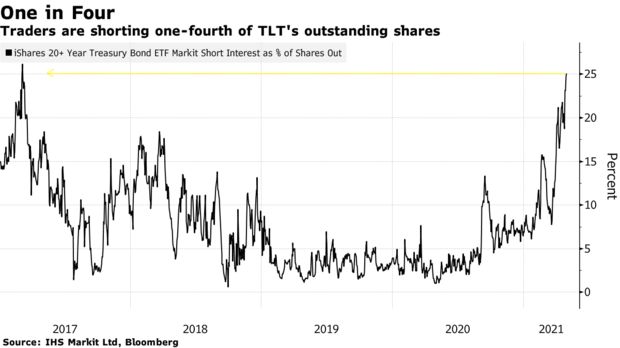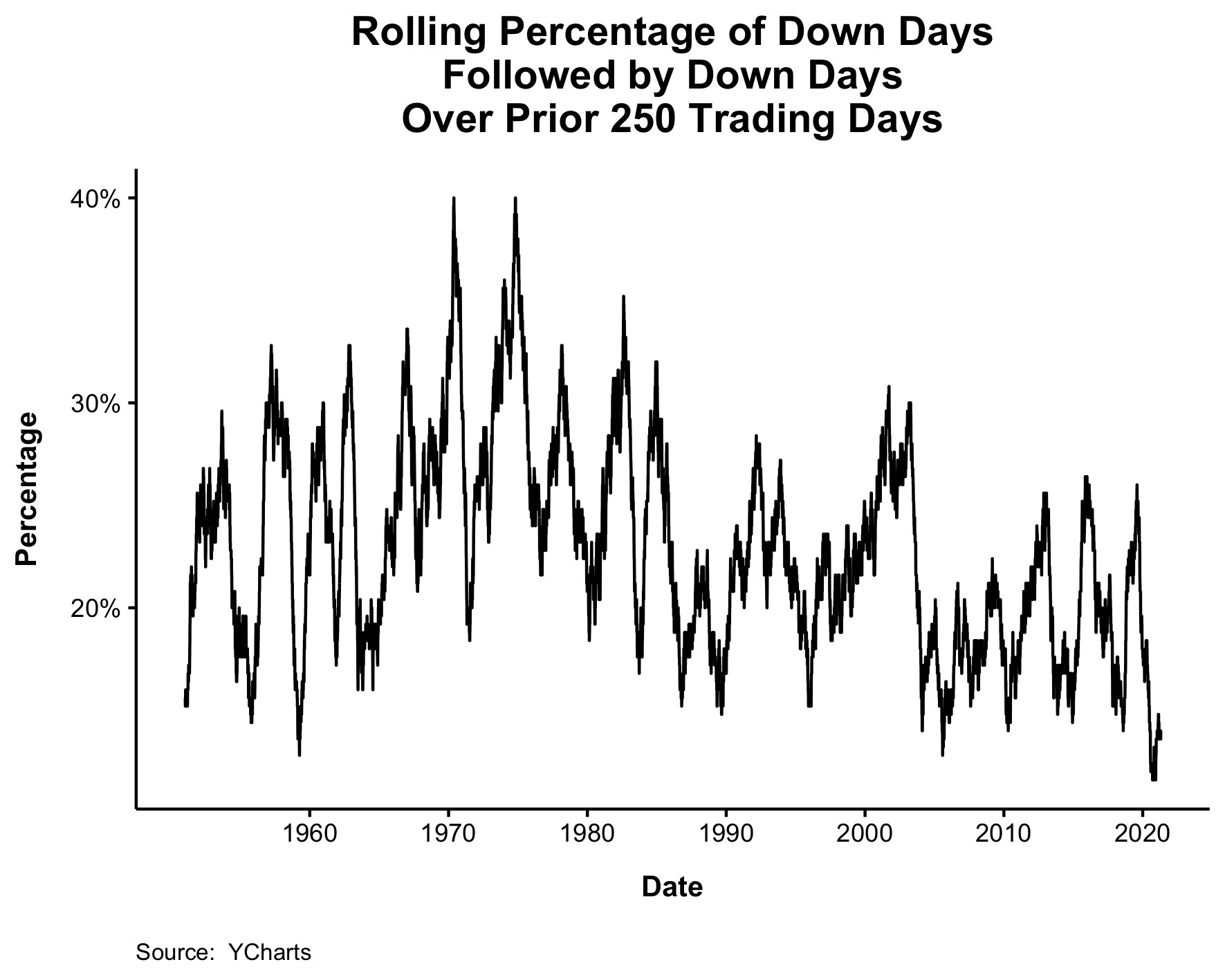1. Personal incomes in the US rose 29% over the last year, the highest increase in history.
Charlie Bilel, @charliebilello

Charlie Bilel, @charliebilello


Irrelevant Investor-Michael Batnick
We just lived through a year with the least amount of back-to-back down days (going back to 1950).

Exhibit A: the chart below showing the number of mentions of “inflation” during earnings calls which exploded, more than tripling YoY per company so far, the and the biggest jump in history since BofA started keeping records in 2004.
